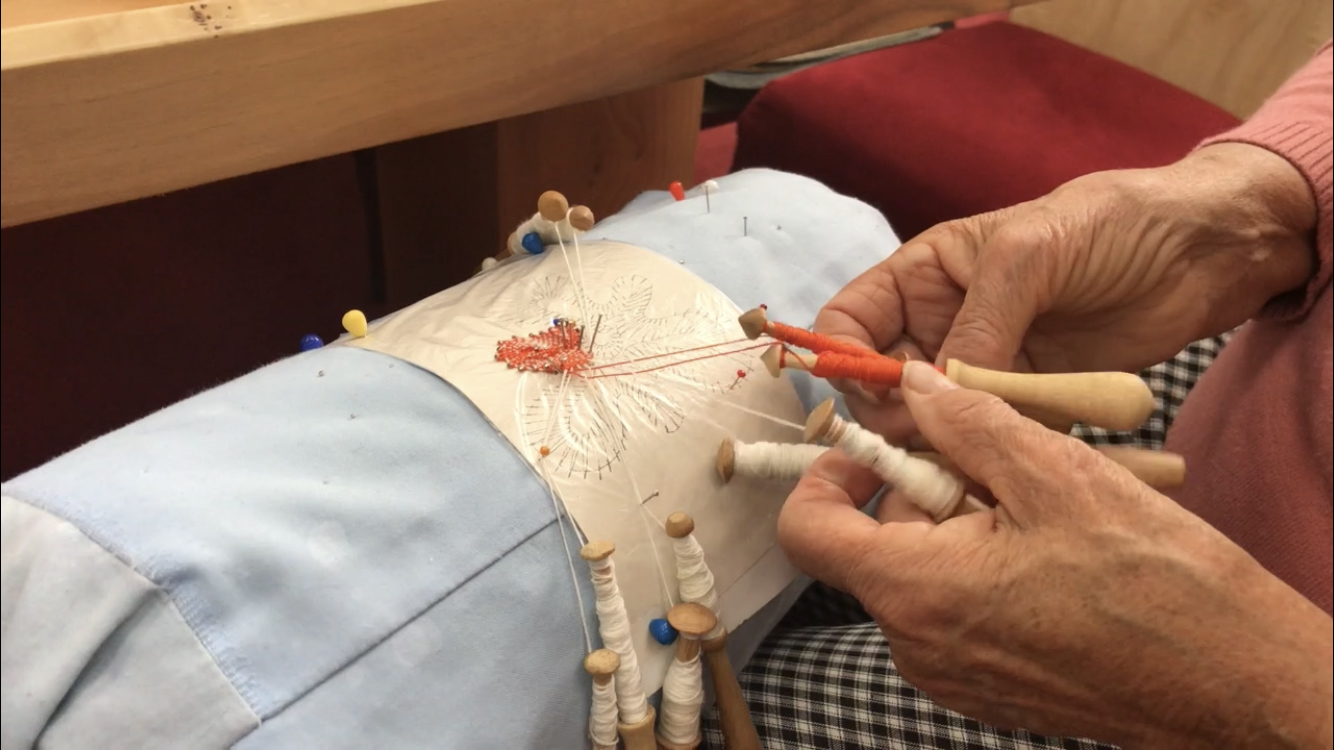Artists
Photo Credit: NIU Chun-Chiang
Hou I-Ting
Hou I-Ting
| Location | Czech Republic / Český Krumlov |
|---|---|
| Residency | Egon Schiele Art Centrum |
| Year of the Grant | 2017 |
By blending imagery and video with embroidery, Hou challenges the way we identify imagery in everyday life, while reconfiguring an otherwise prosaic visual experience.
She has exhibited internationally, including We Now Stand — In Order to Map the Future, 21st Century Museum of Contemporary Art, Kanazawa, Japan (2019); Contemporary Art from Asia, Australia and the Pacific: A Selection of Works From QAGOMA's Asia Pacific Triennial, Centro Cultural La Moneda, Santiago, Chile (2019); Tejiendo identidades (Weaving Identities): Hou I-Ting Solo Exhibition, PHotoEspaña, Centro de Historias, Zaragoza, Spain (2019), and so on.
Her work is housed in the collections of the Taipei Fine Arts Museum; Kaohsiung Museum of Fine Arts, National Taiwan Museum of Fine Art, Kuandu Museum of Fine Arts, White Rabbit Gallery, Australia, and Queensland Art Gallery and Gallery of Modern Art, Australia.
Artist Statement:
I am especially interested in the collective memory of the labor body, or the highly skilled repetitive behaviors. There were two projects during my residency. One was "Bohemian Grandma," which explored the cultural remnants in the city. I collected materials in the Czech Republic to discover how working women influenced the urban landscape. With printing out these photos and then embroidering on them, I took it as an act of deconstruction and restoration. "Bohemian Grandma" was a large-scale installation. I drew the sketches and invited several Bohemian grandmothers to use the weaving technique to turn it into installation work. They inherited the method, soon will be lost, originated from the Austria-Hungary Empire.
The second project was to study the historical incident of Ostarbeiter (eastern workers). In addition to reading materials at the Northern Austrian Archives Center, I also visited Mag.a Magdalena Wieser, Director of the OÖ. Landesmuseum Art Museum in Linz, MAS, and consulted her about the incident. During World War II, many female workers from Ukraine worked for the German Empire's spinning factories. What I learned from these data had become essential sources of my residency presentation.
Residency presentation:
I had an open studio to present my residency outcome. By decorating a comfortable reading zone with a cozy couch, and displaying books, documents, and objects I collected, I invited friends to come and talk about the old technique and history. I chose photos of World War II. A group of foreign female workers from the East (Ostarbeiterin) who wore OST badges above their chests. I used the images that they were forced to work in the factory or concentration camps. After printing out the photos, I embroidered them and made them with vivid colors.

